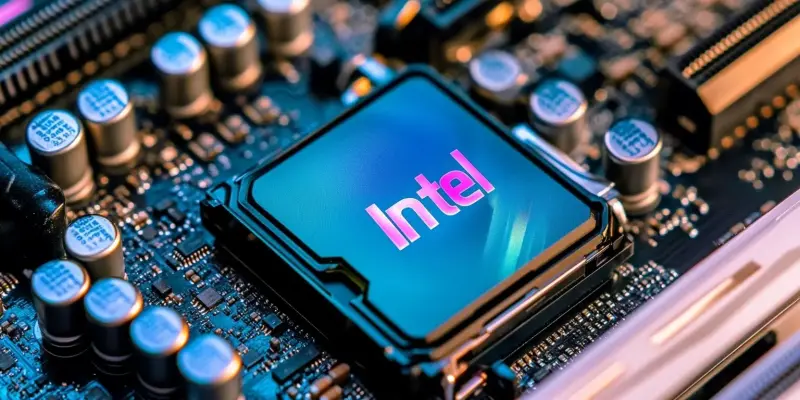Intel’s recent release of the Arc B580 graphics card has created a buzz in the tech community, thanks to its commendable performance and affordability. Sporting 12 GB of GDDR6 memory on a 192-bit bus, this graphics card caters well to gaming and general computing needs. However, a recently spotted shipping document by Tomasz Gawroński has unveiled a far more captivating version of the Arc B580 that could send ripples through the landscape of AI computing. This enhanced version boasts an impressive 24 GB of memory achieved through a sophisticated technique known as “clamshell.”
The clamshell technique is an innovative approach in which additional GDDR6 memory modules are attached operating in 16-bit mode, leveraging the existing memory controllers of the Arc B580. With six memory controllers in tow, the standard Arc B580 facilitates a 192-bit data bus, typically resulting in 12 GB of memory. However, clamshell mode effectively doubles this capacity, potentially boosting it to a whopping 24 GB. This expanded memory could significantly benefit artificial intelligence tasks, which often demand substantial memory for data training and processing.
While the clamshell technique is commonly applied in high-end professional workstation graphics cards, as well as in NVIDIA’s RTX 4060 Ti that features 16 GB of memory, its application in a more consumer-focused product like the Arc B580 is both surprising and exciting. The reality, however, is that this enhanced version might not be widely available to general consumers. Intel may reserve this powerful variant for use in data centers or for enterprises engaged in AI-driven projects.
If Intel decides to make this 24 GB version of the Arc B580 accessible to the public, the implications could be profound, ushering in a new era of enhanced performance capabilities in day-to-day computing tasks. Everyday users could potentially experience a substantial uplift in both speed and efficiency, making more complex computational tasks feasible within consumer-grade hardware. It would also open up new avenues for developers and researchers who require increased memory capacities without the prohibitive costs typically associated with high-end workstation cards.
Whether or not Intel will take this bold step remains to be seen, but the possibility of such a release sparks a blend of curiosity and anticipation within the tech industry. If it does become widely available, it may set a new benchmark, not only for gaming and creative applications but more importantly, for artificial intelligence computations that form the backbone of many cutting-edge advancements today. The tech world waits keenly for Intel’s next move.

